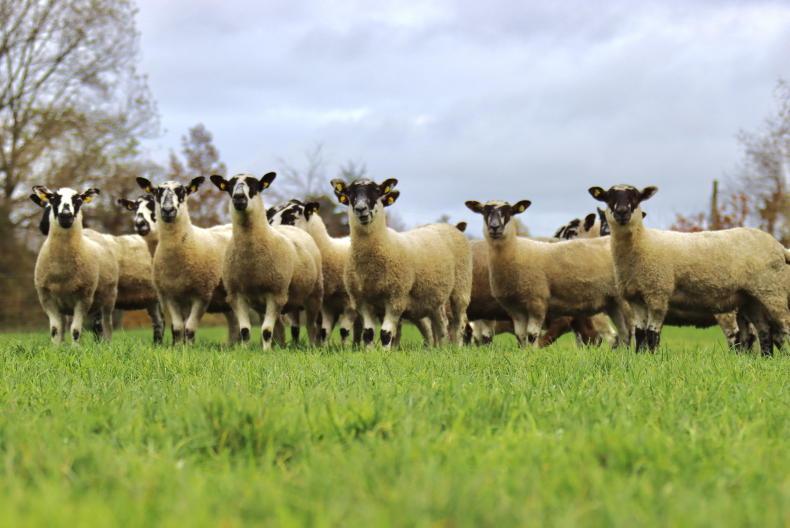Sheep Improvement Scheme deadline
There are just a few days left for sheep farmers to apply to the Sheep Improvement Scheme (SIS), with the deadline of 11.59pm on Monday 9 January approaching fast. Reports indicate that there are still some farmers weighing up applying and considering what actions may be most appropriate.
Farmers who do not apply will be locked out of the scheme for the next five years, so if in doubt it is advisable to apply and this will give more scope to confirm your decision.
Late applications will not be accepted. The main changes have been covered in detail in recent weeks but the biggest one is the genotyped ram action.
Lowland flocks must purchase a ram rated as four or five star on the Replacement or Terminal Index and have a genomic evaluation with Sheep Ireland at time of purchase. They must also be classified as Type 1, 2 or 3 for scrapie.
Hill flocks have the same option as outlined above or, if the ram is a hill breed, it needs to be DNA sire verified by Sheep Ireland and be a Type 1, 2 or 3 for scrapie at time of purchase.
A flock with less than 150 ewes must purchase one genotyped ram in the first three years of the scheme and flocks with more than 150 ewes must purchase a second genotyped ram in years four or five.
The other main change concerns sheep scanning. Farmers who select this option and normally scan in January will have the option to select an alternative action to scanning in year 1 and correspondence will be issued by the Department in the coming weeks.
Alternatively they can opt to select to purchase a genotyped ram in year 1 and this will satisfy in place of the scanning requirement.
Feeding early lambers
Adequate supplementation is vital where early lambing ewes are being retained indoors for a significant period.
Twin-suckling ewes in good body condition and offered ad-lib access to moderate-quality silage (68-70+DMD) will require from 1.2-1.5kg concentrate supplementation daily, rising to 1.5-1.7kg for ewes lacking flesh.
Single-suckling ewes in good body condition will require between 0.6 and 0.8kg concentrates and 1kg or higher where ewes lack condition or forage is poor quality.
Avoid sharp increases in concentrate levels in the immediate period post-lambing and build feeding levels gradually.
Such feeding levels can be reduced by 0.2kg to 0.3kg where ewes and lambs are retained indoors for a short period post-lambing. Water intake requirements will also jump significantly in early lactation.
Hygiene is critical and straw usage should increase along with regular disinfecting and optimum management of feeding equipment to help prevent disease establishing.
Given recent weather and the low dry matter content in grass, lactating ewes at grass will benefit from concentrate supplementation being continued for the first few weeks of lactation to ensure peak milk yield is not compromised.
Census reminders
Hardcopy returns of the 2022 Annual Sheep and Goat Census must be returned by 31 January 2023 (registered proof of postage is important). The deadline to submit returns online via the agfood.ie portal is 14 February 2023.






 This is a subscriber-only article
This is a subscriber-only article










SHARING OPTIONS: